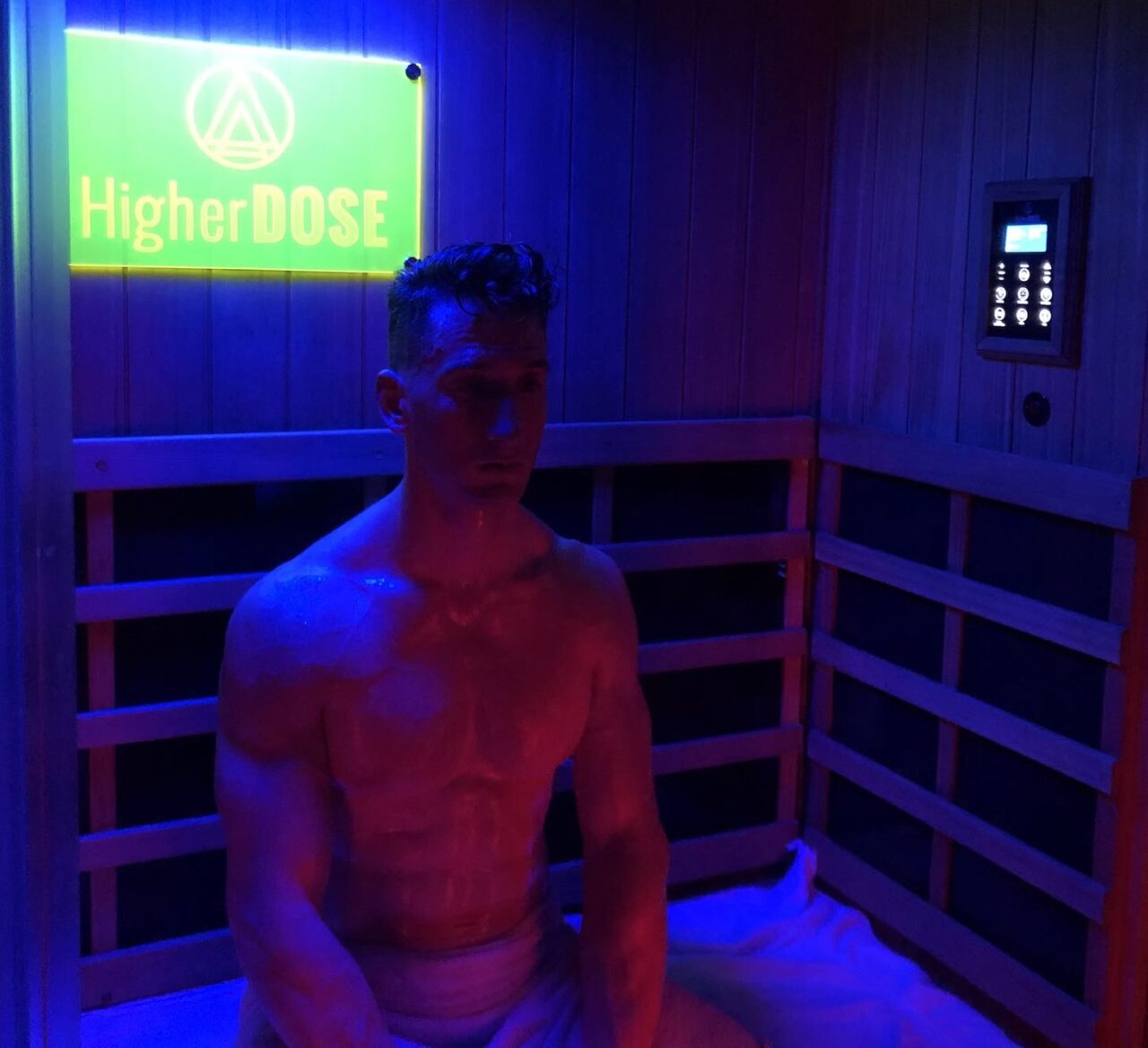Soreness is a part of the game, but it shouldn’t be debilitating, and it doesn’t necessarily mean you had a good workout. You don’t necessarily “cure” sore muscles, but you can alleviate some of the achiness.
In no particular order:
1. Active recovery. (movements and activity that’s not overly exhausting) Think of this as simply getting the blood flowing. During exercise or when you’re active, blood carries nutrients to and from muscles to help you perform and recover. While there are instances when you need a complete rest day, most other times should be spent doing light activity. Examples might be a bike ride, walk, hike, or swim. For more on active recovery, see this story: What a rest day actually looks like
2. Stay well hydrated. Water, like blood, helps carry nutrients to working muscles. It’s also important for balancing electrolytes and supporting joint lubrication. The Food and Nutrition Board recommends 91 oz for women and 125 oz for men daily, but depending on the size of the person, how much they sweat, and how much they train probably will push that number higher.
3. Make sure you’re eating right. The right foods are critical for building muscle and recovering quickly. Protein is probably the most important in this instance. While carbs and fats are primarily energy sources, protein is primarily for rebuilding muscle. There’s a lot of back and forth within the health and fitness community on how much protein is needed, but we like going with a straight-forward, 1 gram per pound of bodyweight to keep things simple. We also believe that the 50/30/20 ratio (protein to carbs to fat ratio) is the best for body composition goals and maintaining energy levels. Note: this macronutrient protocol could swing significantly in favor of more carbohydrates for distance or endurance athletes.
4. Sleep. Definitely get sleep. Good quality sleep. Here are our tips on how to improve yours.
5. Foam roll. A lot of folks like to foam roll before and after their workouts. That’s fine, as long as it’s light enough and short enough to “wake up” the muscles and not overly relax them. We prefer saving the foam rolling for night before bed and focus more on dynamic stretching before workouts and static stretching after workouts. Is that a hard rule? No, but make sure you’re doing all three.
6. Deep tissue massage. If you can afford it, yeah, this feels good. But then again, can you afford it? If you can’t pay someone to massage you, do myofascial release on yourself; i.e – foam rolling. A lacrosse ball is another good tool to use for getting in tighter spaces in the shoulders and hips.
7. Stretch. This is pretty much like active recovery or even like foam rolling to an extent. It’s moving the muscles and tendons, helping with blood flow, ultimately helping with recovery. As mentioned above, dynamic stretches before a workout, static stretches after one. Read: how to warm up
8. Infrared sauna. If you can afford it, or have the time it could help. Research is mixed, but a lot of experts swear by it. We’ve also found it helpful.
9. Acupuncture. If you can afford it, acupuncture is another with mixed research, but does have the potential to help. We’ve found it to be.
Sore muscles are normal. It’s going to go through its process. Remember, soreness isn’t necessarily a sign you’re going to build muscle or lose weight. Also remember, if you stop getting sore, that doesn’t mean you won’t see results either. Soreness usually kicks in 24-48 hours after a workout for a particular muscle group or groups. It will come on a little, then peak, then slowly dissipate. When you don’t feel soreness right away, for example, if you did an upper body workout on Monday, but don’t feel sore until Wednesday, that’s called Delayed Onset Muscle Soreness, or DOMS for short.
For a smart training and recovery plan that’s built just for you, check out DigitalFitnessAdvisor.com, our new exclusive programming service.

